Every customer is on a journey with your brand. They may be reading about you for the first time on a Google search page, or they may be carefully studying your product brochures. Regardless, every customer is on a journey with your brand that can lead to a sale.
What Is Customer Journey Optimization?
The customer journey consists of all the interactions between the customer and the brand throughout three main stages: acquisition, activation, and adoption.
Each stage consists of a number of touchpoints that make up the customer experience, and this is where customer journey optimization begins.
Customer journey optimization is the process of mapping out all of these customer touchpoints, analyzing them, and making changes for optimization in order to deliver the best experience possible and ensure the desired conversion actions.
Think of this blog post as one of the touchpoints in your customer journey with Woopra. As you scroll down the page, we present you with easily digestible content and explanatory images so that when you reach the end of the post, you will click to become a subscriber.
Every UX/UI decision we make is intended to optimize your journey with us so it makes your decision to subscribe that much easier. Such is the purpose of customer journey optimization — to effectively guide customers to your intended goal.
Why Is It Important?
Optimizing the customer journey has always been important to brands because it is a crucial process to improve the customer experience, accelerate conversions, and increase revenue.
With so many marketing channels and touchpoints, such as web, app, and social media, optimization has become even more important.
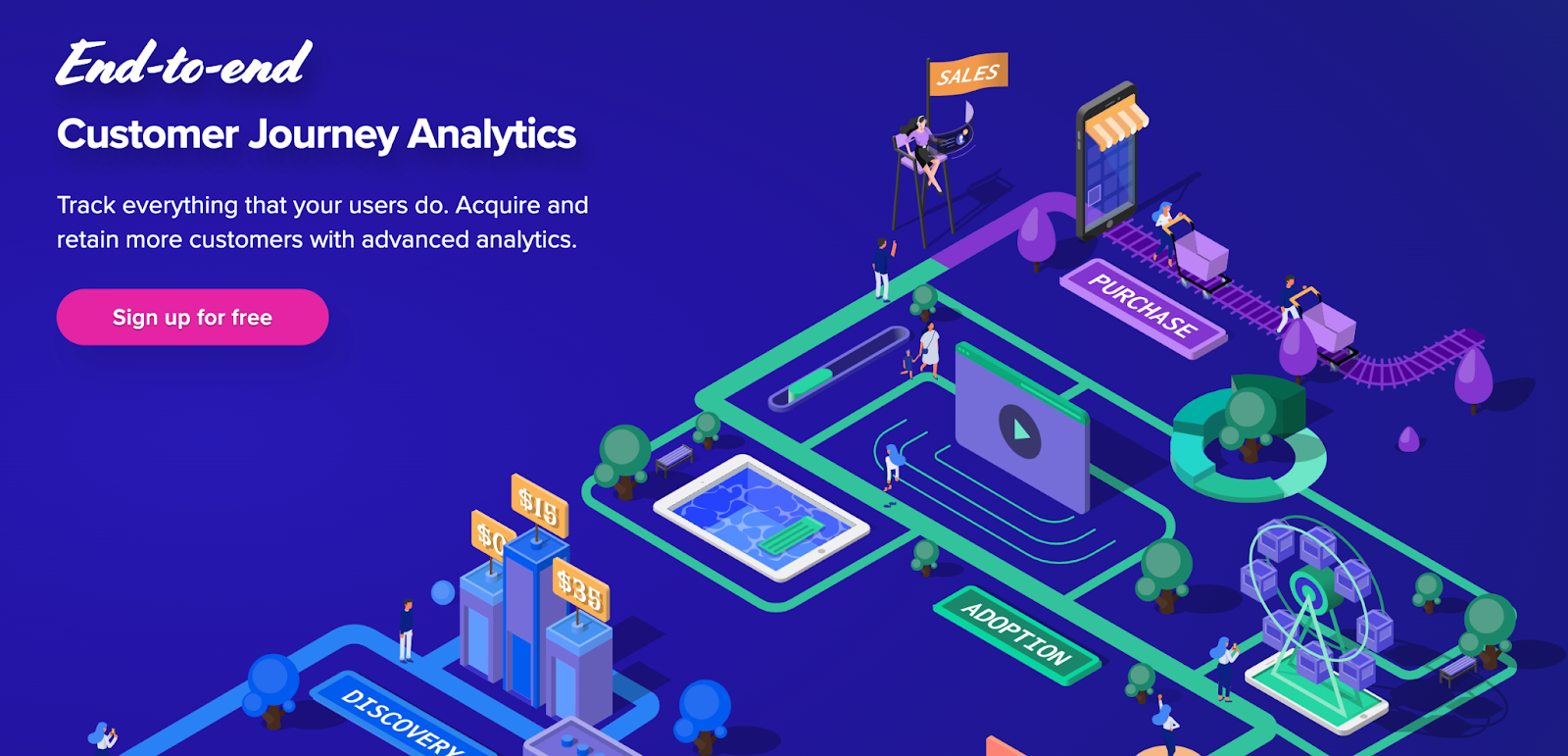
The increasing number of touchpoints has made the customer journey less straightforward for both customers and brands.
There is no fixed, linear sequence through which customers make their way to a purchase, which for marketers, means dedicating a lot of time and resources to ensuring a smooth and continuous experience during every interaction.
Only by optimizing the customer journey will brands successfully guide their customers to check out and foster the level of customer loyalty and commitment that sees them returning for repeat purchases.
How to Optimize the Customer Journey
Acknowledging the importance of the customer journey means you are ready to start your journey towards optimization.
While this can be a huge undertaking, never fear because here is a systematic way to approach customer journey optimization and a number of analytics tools to assist you in the process.
Analyze Your Existing Customer Journey
To start better managing your customer journey, you must begin with an exhaustive analysis of your existing customer journey.
If, before launching your product or service, your marketing team created a customer journey map showcasing the stages a customer goes through with your brand and pinpointing every touchpoint and intended goal, now is the time to apply analytics to the map.
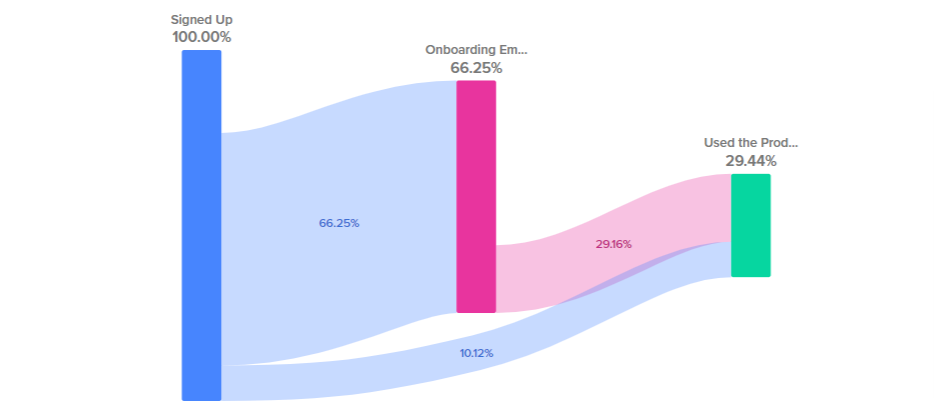
While customer journey mapping and analytics are two related exercises, the former deals with planning and visualization while the latter deals with analysis.
Customer journey mapping visually represents all the possible engagements and interactions a customer can have with your brand and the action they might take.
Customer journey analytics dissects the journeys your customers have taken with you to generate insights about patterns and trends.
In other words, customer journey analytics informs and validates customer journey mapping.
Woopra’s customer journey platform allows users to thoroughly study the customer journey, providing journey reports to visualize and analyze how customers navigate each touchpoint.
These reports go beyond the typical analytics metrics so you can understand the story behind the numbers and the people behind each data point.
They include insights on how any given touchpoint can impact customer success and which campaigns drive customers to your products and keep them coming back.
They also include a granular-level view of the different segments of customers who are on a customer journey with your brand.
Look for Patterns, Frictions Points & More
Whenever your team is analyzing the customer journey, you should focus on identifying patterns and trends in how customers are behaving. These are the significant pieces of information that will drive your decision-making process for optimization.
On your customer journey map, you can look at any given touchpoint over a specific period of time to see how it performs. Is the touchpoint converting well, or is it proving to be an exit point where your customers stop engaging with you?
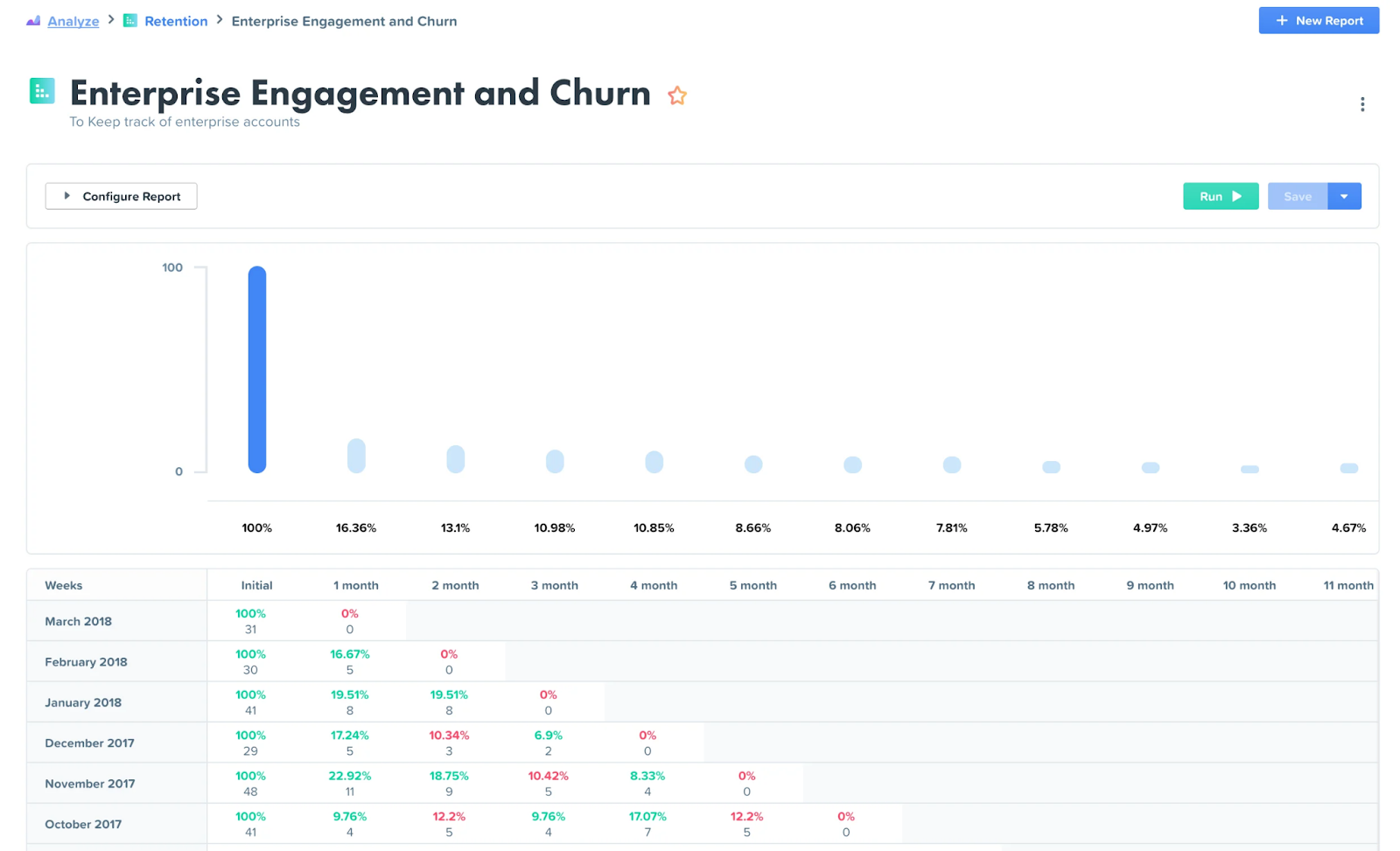
Beyond the data collected from each individual touchpoint, a customer journey analysis can also aggregate data to look at customer actions in the context of the entire journey.
This analysis will answer broader questions about optimal messaging time and frequencies, campaign effectiveness, and retention and bounce rates that can apply to multiple touchpoints.
These are critical insights that marketers can use to make decisions about what to change and how.
Ask Customers for Feedback & Listen
The plethora of analytics tools available has enabled marketers to gather plenty of data and insights about customers on their own, but the most accurate information always comes from the source. To improve the customer journey, directly ask customers about their experience.
Asking for feedback could not get any easier in this age of social media. If you have one or two questions you want answers to, start a poll on social media or post the question with an image and ask people to share their answers in the comment section below.
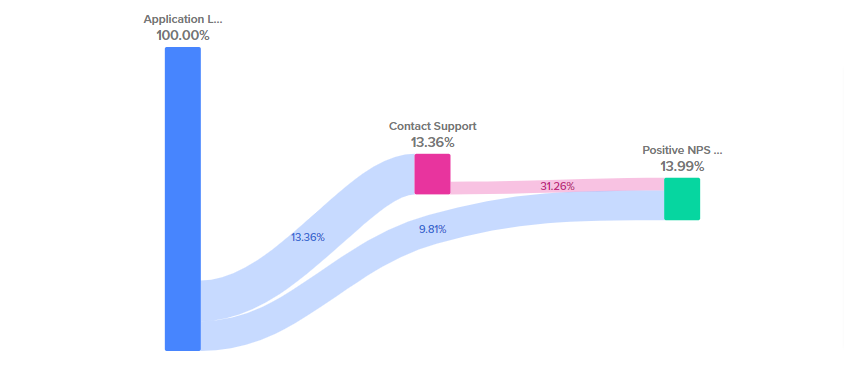
For a series of questions, we suggest an email survey or a web chat for a more interactive experience.
Of course, nothing beats the in-person experience, so if you have the opportunity to meet your existing and potential customers in person or talk with them on a call, take advantage of the time and ask them a few questions.
People like feeling that the brands they shop at value their input, and they are often very open about their suggestions, wants, and needs.
So, ask customers to tell you what is and is not working about the customer journey and the product, then address these areas to ensure customer satisfaction and retention.
The information your customers provide you is what the marketing industry calls zero-party data — “data that a customer intentionally and proactively shares with a brand.”
At a time when customers are prioritizing their privacy and browsers are phasing out third-party cookies, this data will play an increasingly important role in helping you understand your customers, create buyer personas, and better target them.
Use Automation to Improve the Customer Journey
One of the most common feedback from customers has to do with the speed and quality of customer service.
When customers have questions, they want answers, and they expect them asap. If left waiting too long, these customers will likely start exploring other product or service options.
This is where automation comes in handy to optimize the customer journey and experience. A very basic example of automation in the customer journey is the automated email that a browser receives when they submit a form to download a report.
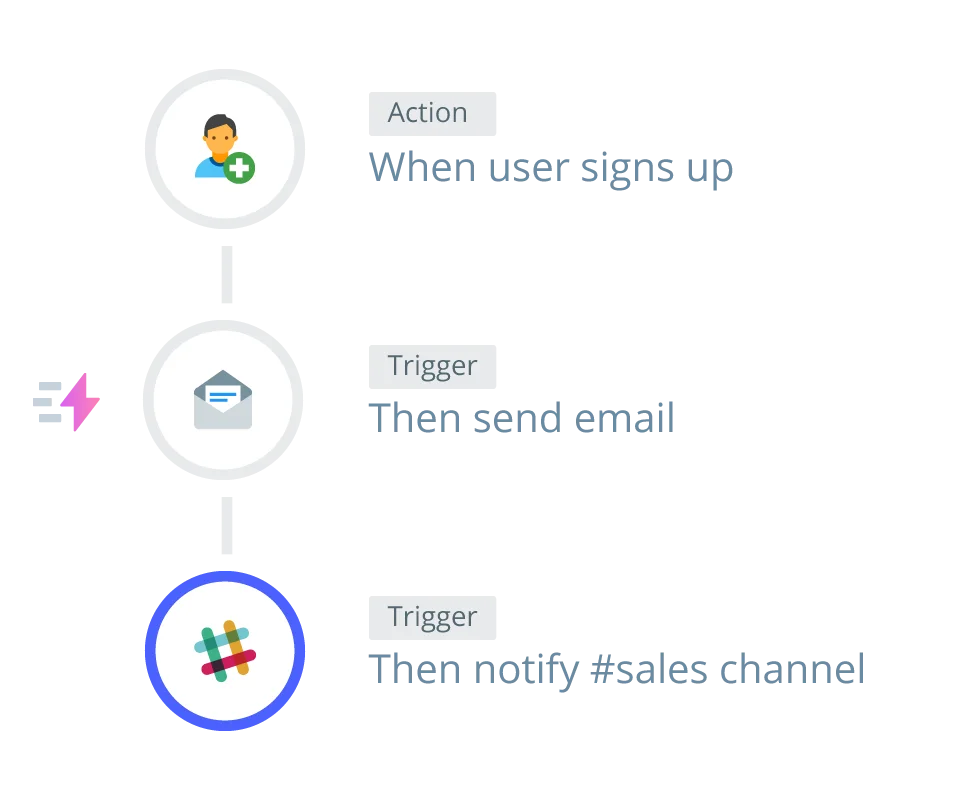
The email, set up in advance and delivered mere seconds after the form is submitted, gets the report to the browser immediately.
These automated messages and engagements have become commonplace, and the reason for their ubiquity is that they can be highly effective.
With automation, brands can reply to customers around the clock, no matter the time zone. They can set up triggers and action sequences for specific customer segments.
For example, you can send a reminder message to customers who have items in their shopping carts but did not check out or who visited your website once and subscribed but have not returned.
You can set up an automated sequence whereby the system will generate a reminder message after a specified number of days or weeks.
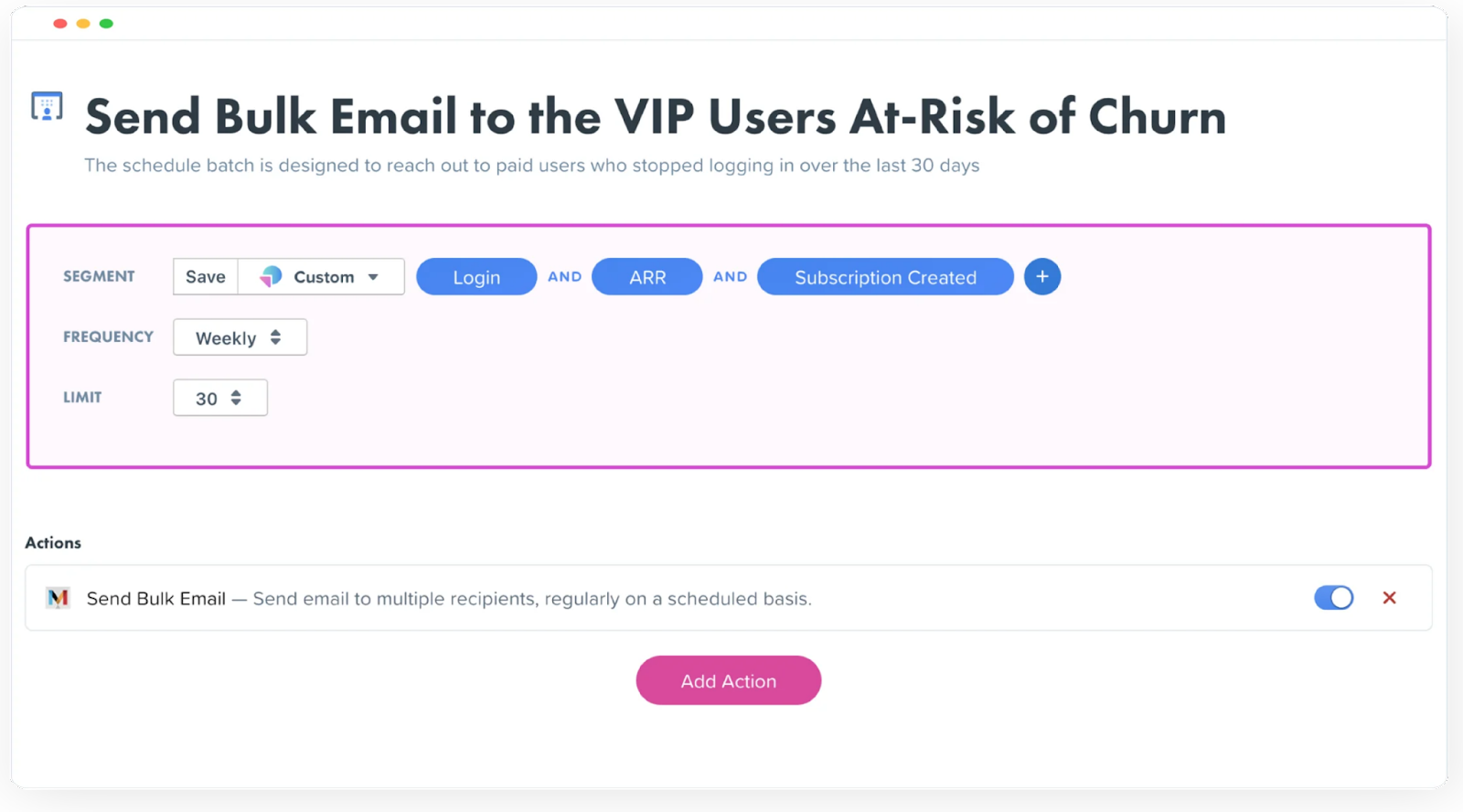
These automations along the customer journey keep your brand on your customers’ minds, all while reducing any repetitive, manual labor on your end.
Woopra’s platform comes with a range of useful automation functions and triggers that make a marketer’s job easier and the performance better.
Marketers can use the Woopra platform to set up these features on any of the solutions, apps, and tools they have integrated.
If you need to update the status of an engaged lead on Salesforce for further engagement, you can set up a trigger via Woopra to do so automatically.
If you want to send a Slack notification to members of your marketing team whenever it is time to reach out to a customer, you can set up a trigger to do so automatically as well.
Bridge the Marketing-Sales Divide
The automations in the customer journey not only provide your customers with a better experience, but they also facilitate the collaboration between your marketing and sales teams.
As mentioned above, Woopra can integrate a number of marketing and sales platforms. In fact, users can complete the integration of over 50 of these commonly used tools with just one click.

These integrations enable convenient sharing of data across your teams, ensuring that everyone is on the same page about where each customer is on the customer journey.
Some may argue that bridging the marketing-sales divide does not matter to customers, since both functions are part of the same customer journey for them. However, when the gap widens and communication breaks down, customer experience suffers.
If your marketing and sales teams are not in sync, customers may experience delays in communication, receive redundant answers that do not help them make purchase decisions, etc.
Thus, bridging this divide indirectly optimizes the customer journey, making it an important step in the optimization process that you should not skip.
Adjust Your Customer Journey Map
Having identified a number of areas for improvement from both your own analysis and customer feedback, it is now time to adjust your customer journey map accordingly.
You can use your journey builder of choice to update your existing journey map to reflect the touchpoints to be added or removed as well as the different customer segments identified that should be targeted.
Though it may be tempting to inundate the map with details, what you should keep in mind is that this map should be simple and straightforward enough for everyone involved to quickly understand and implement the corresponding actions.
Another thing to keep in mind is that your customer journey map should not be static. Rather, it should continue to be updated as your brand grows and interacts with customers.
Prioritize High-Leverage Changes
If you have followed all the steps above, you now have a list of changes to implement in order to optimize your customer journey and accelerate conversions. The final question is: which changes should you test out first?
We recommend prioritizing high-leverage changes. In other words, you should test out improvements that have the highest potential for ROI.
In marketing, email marketing has consistently ranked as one of the methods with the highest ROIs. So, one change that you can make right away is creating an email sequence.
Another email marketing improvement with high ROI potential to implement is personalization, which has been proven to yield a number of benefits.
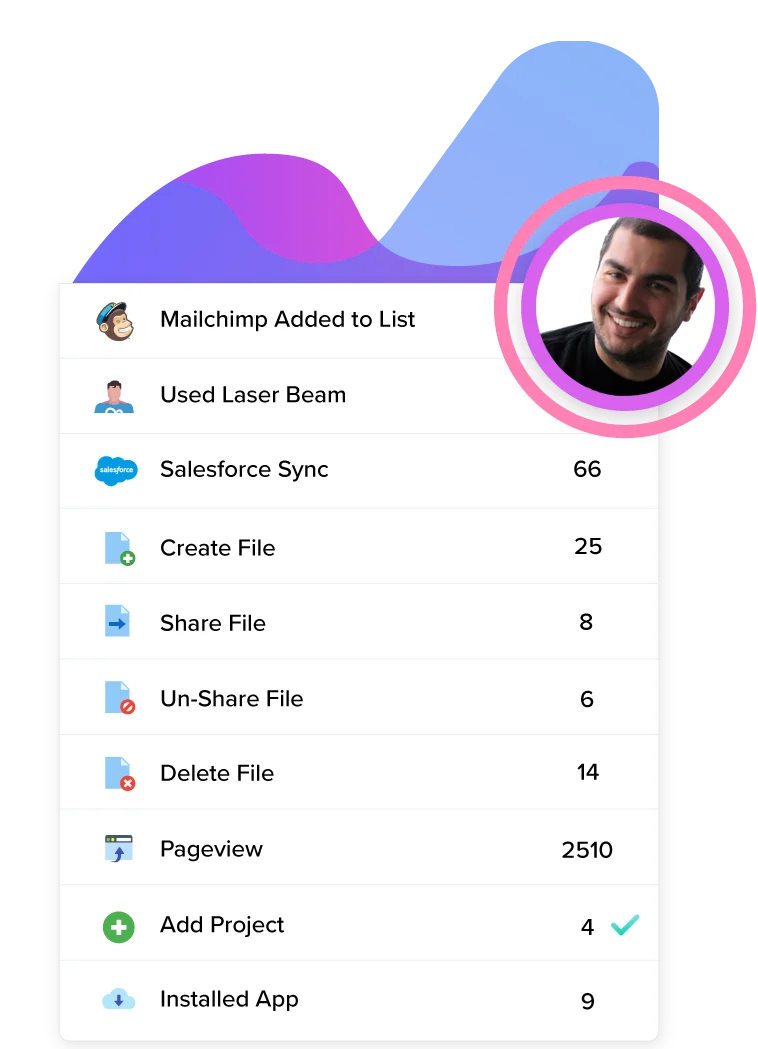
Some benefits include increased rates of conversion, sales, customer satisfaction, and net promoter score.
Customers have learned to expect a lot of communication from brands, so in this hypercompetitive environment where customers are constantly flooded with information, a personalized note will help you stand out.
Personalization, of course, extends beyond emails to a number of marketing channels and collaterals such as website and in-app messages, content, and recommendations.
When choosing which changes to implement first, you should consider what these changes will mean to your customer and their experience. Only by improving your customers’ experience will these changes be able to drive more conversions and increase your ROI.
Key Takeaways
Customer journey management and optimization is a continuous process that your brand should always be engaging in. As your customers interact with you and learn more about your brand, you need to grow with them to provide the customer service and support they need.
There are several platforms and tools available in the market to make the optimization process more intuitive and convenient for brands, allowing it to become a natural extension of your daily operations.
If you are ready to start optimizing your customer journey, give our platform a try with our free trial. We are here to assist you should you have any questions about your trial or should you want to make a purchase.
For more information on our product or to read our customer success stories, reach out to us now.


